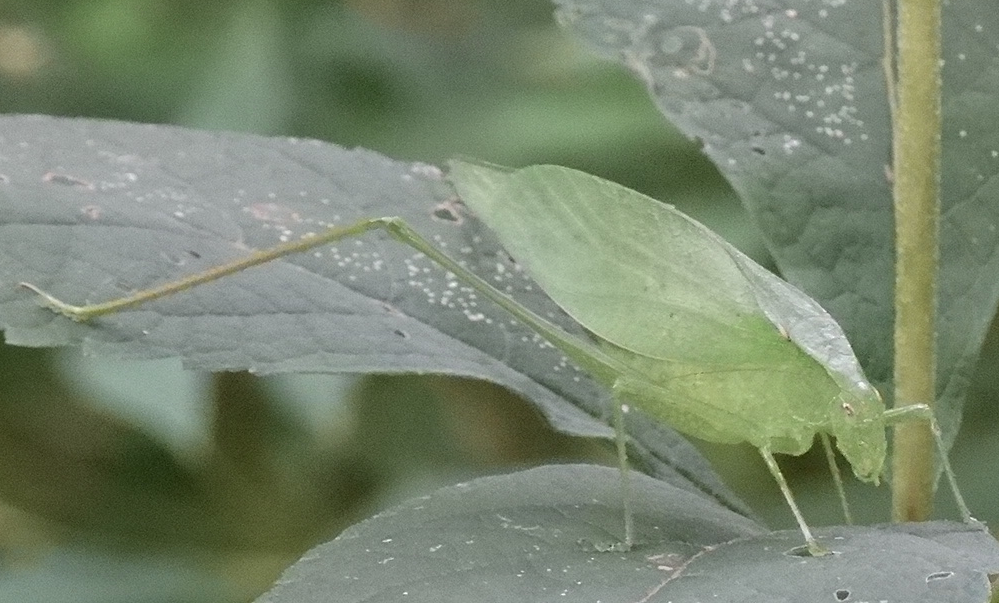This week's bloomlist for Wildflower Island is at the end of the post, and Bonnie's pictures
can be found HERE. Peterson names are used for consistency wherever possible, and comments
and clarifications are welcome in the comments section. Slightly revised below in red.
The close-up on the below left shows the two lips of the corolla. Illinois Wildflowers says the upper lip is for protection, the lower lip acts as a landing pad for insects. Below right is the white species, which Peterson calls just plain Turtlehead (Chelone glabra).
 A word about the Closed Gentian, which is either Gentiana andewsii or G. clausa. The petals of both of these remain closed, but in the Andrewsii, the tips of these corollas show a white fringe slightly extruding from between the petals. The G. clausa doesn't have this membranous material. We should check up on this next week to see if we can really see the fringe, or if this is just a whitish coloration of the tip. Good description of this flower at Illinois. UPDATED Sept.12: I tried to open the tip of one of these and couldn't see a fringe. Am now thinking G. clausa.
A word about the Closed Gentian, which is either Gentiana andewsii or G. clausa. The petals of both of these remain closed, but in the Andrewsii, the tips of these corollas show a white fringe slightly extruding from between the petals. The G. clausa doesn't have this membranous material. We should check up on this next week to see if we can really see the fringe, or if this is just a whitish coloration of the tip. Good description of this flower at Illinois. UPDATED Sept.12: I tried to open the tip of one of these and couldn't see a fringe. Am now thinking G. clausa. Nobody would fault you for believing it's Christmas season when you see the berries of the Spikenard (Trifolium repens).
Representing yellow this week is what I believe is a patch of Nodding Bur-marigolds (Bidens cernua) out by the bird blind. Its petals are not as big and showy as in the Smooth species (B. laevis), which I don't think we have in our lake. The flower heads of the Nodding species tend to face downward as they mature, and the center disk gets bigger.
It was definitely mushroom week out on the Island, but I don't think I've seen this group before, the Yellow-finger Coral mushroom or Golden Spindles (Clavulinopsis fusiformis).
As for the creamier flowers, there's still a few Pale Touch-me-nots (Impatiens pallida) blooming in The Woods:
and an aster that I'm pretty sure about this time, the Small White one (Symphyotrichum racemosum), which is distinctive for its longer, narrow leaves meeting up at the axils with groups of smaller ones. A lot of the buds in the picture below aren't open yet, so the plant is less crowded looking than when in full bloom.
The Mild Water-pepper (Persicaria hydropiperoides) in the picture below shows several identifying features of this smartweedspecies: it's white, there are hair-like bristles emerging from the sheaths as in the bottom right-hand corner of the picture below, and the more or less interrupted nature of the inflorescences.
Wonderfully camouflaged out in The Woods was this Katydid just waiting to be photographed.
I think it might be a round-headed Katydid (genus: Amblycorypha), maybe even the False Katydid or Bush Cricket, mentioned in Michael Raupp's Bug in the Night blog. In Bonnie's picture above, you can see the thicker foreleg, which is used for jumping. I can't see any antennae in the picture, but those of the Katydid are at least as long as their body. Jimini's blog tells you how to differentiate Katydids from Crickets. Katydid legs are in line with the body, cricket lets are perpendicular.
Here's Dr. Raupp's enchanting description of how the sound is made – and heard!
I got this bit of sound from the YouTube channel NaturesFairy.
Lastly, this reminder of the difference between White Cutgrass and Japanese Stiltgrass. I haven't seen any Stiltgrass yet this season.
Here's Dr. Raupp's enchanting description of how the sound is made – and heard!
Like other members of the Orthoptera clan such as crickets we met in previous episodes, katydids produce sound with their forewings. One wing bears a structure called the scraper, which is pulled across a complementary structure called the file on the other forewing. The resultant vibrations produce a wonderful song with which the six-legged troubadour woos his mate. The female katydid hears the song of the male through small openings, ears if you like, on her front legs. The sound enters through the slits and is amplified in a hornlike chamber within the leg. A membrane inside acts much like our eardrum and captures the sound. Sensory cells attached to the membrane pickup these vibrations and the female katydid’s tiny brain decides if he’s giving her good vibrations or not.
See the white specks on the front legs of Bonnie's picture (above right)? Those must be the this lady's ears.
I got this bit of sound from the YouTube channel NaturesFairy.
Lastly, this reminder of the difference between White Cutgrass and Japanese Stiltgrass. I haven't seen any Stiltgrass yet this season.
___________________________________________________________________________________













No comments:
Post a Comment